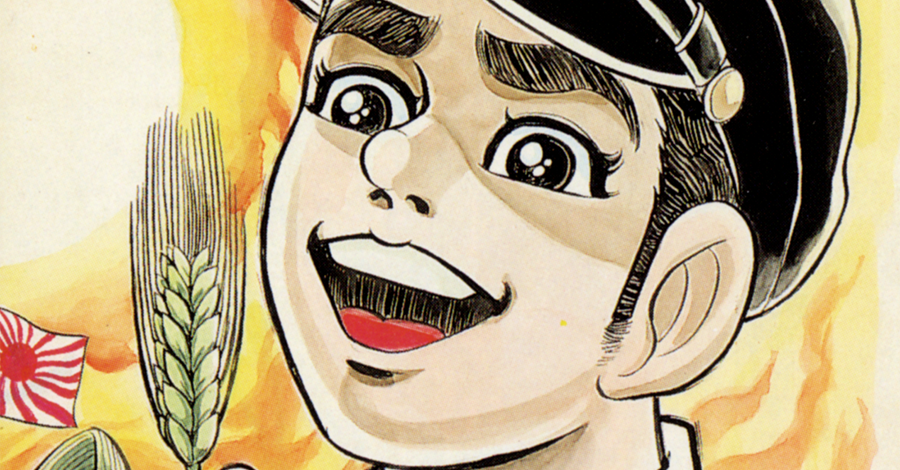The comics publisher Last Gasp has launched a Kickstarter campaign to fund the publication of a new edition of the manga Barefoot Gen for distribution to libraries, schools and individual readers.
Barefoot Gen is a partially fictionalized account of creator Keiji Nakazawa's experiences during the bombing of Hiroshima and its aftermath. Nakazawa, who was six years old at the time, was walking to school when the bomb was dropped. The woman who was walking with him was killed instantly, and his father, brother and sister died when their burning house collapsed on them — in front of his mother, who managed to escape; she gave birth that day to a baby who died a few days later.
Nakazawa said that his purpose in writing Barefoot Gen was to awaken people to the true horrors of war: "I want Gen to become a source of the new generation’s strength with the strength to say no to oppose nuclear weapons, stepping on the scorched earth in Hiroshima with his bare feet and feeling the firm ground on his feet."
Barefoot Gen was the first full-length manga to be translated into English; the work was done by volunteers who wanted to spread Nakazawa's message, and it was originally published by a small press before being picked up by Last Gasp. The Kickstarter page includes Smile creator Raina Telgemeier's short comic about the impact the book had on her when she read it as a child.
In the same spirit, the purpose of the Kickstarter is to place the manga in schools and libraries to make it accessible to more young people. The organizers call it "vital reading for people of all ages, and especially for today's youth," and say, "By keeping this tragedy in our collective consciousness, we can strive to never repeat it and guide humanity towards a course of peace."
The campaign aims to raise $36,000 to reformat the book for hardcover and print 1,000 copies of each of the first four volumes. Each reward tier includes physical copies of the different volumes as well as Nakazawa's autobiographical comic I Saw It. At the end of the campaign, backers can opt to have the books sent to themselves or to libraries or schools of their choosing—or both, as many of the reward tiers include multiple copies of the same volume. There is also a form where anyone can nominate a school or library to receive copies of the book.
What seems to be missing from the campaign, however, is any mechanism to ensure the libraries or schools actually want the books. Obviously a librarian who wants the book can use the nomination form, but if outsiders are simply having the books sent to the libraries that already have enough copies or don't want to include them in their collection, the books will never make it onto the shelves.
A digital copy of the first volume can be downloaded for free from Archive.org.

